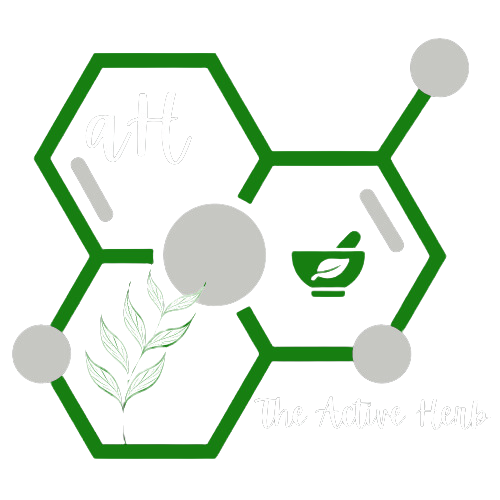The Science of Clean: How Baking Soda and Vinegar Work Together to Lift Debris from Produce
There is something deeply satisfying about watching a simple household mixture bubble to life. When baking soda meets distilled vinegar, you are not just seeing fizz—you are watching chemistry unfold in real time. This pairing is one of the safest, most effective, and most affordable ways to clean your fruits, vegetables, and roots.
Why You Should Clean Produce with This Duo
From the waxy coating on apples to the soil clinging to turmeric, plant surfaces often carry residues that are not visible to the eye. These may include traces of fertilizers, natural biofilms, or fine particles of soil. Commercial vegetable washes often contain detergents or synthetic agents that can strip flavor and damage delicate skins. A simple mixture of baking soda and vinegar performs the same job through pure chemistry, leaving nothing behind but clean, fresh produce.
The Ingredients and Cost
To make this cleaning solution, you only need:
½ cup of distilled white vinegar (approximately 25 to 50 cents)
2 teaspoons of baking soda (about 10 cents)
2 cups of distilled water (pennies per cup)
The total cost comes to less than one dollar for an entire cleaning batch that can wash several pounds of produce.
How to Prepare the Solution
Pour ½ cup of distilled white vinegar into a clear glass beaker or bowl.
Slowly add 2 teaspoons of baking soda. The reaction begins immediately, producing vigorous bubbling as carbon dioxide gas escapes.
Once the fizz subsides, add 2 cups of distilled water and stir gently to create a balanced cleaning solution.
Submerge your produce so that it is completely covered.
Best Produce to Use
This method works beautifully for both firm and fibrous produce.
Roots: Turmeric, ginger, carrots, and beets benefit the most since the bubbles help loosen soil particles that cling to textured surfaces.
Fruits: Apples, pears, and grapes respond well, with the solution removing surface film and natural wax.
Leafy greens: Spinach and kale can be soaked briefly to release fine grit from the leaves.
Vegetables: Cucumbers, bell peppers, and zucchini regain their natural sheen after soaking.
Soaking Time
For thin-skinned produce such as berries or spinach, soak for 2 to 3 minutes only, then rinse with cool distilled water.
For thicker or root-based produce such as turmeric, carrots, or ginger, soak for 10 to 15 minutes, stirring occasionally. You will often notice a subtle change in the color of the water as debris is lifted away.
How It Works Chemically
This cleaning method succeeds because of the way acids and bases neutralize each other. Vinegar contains acetic acid (CH₃COOH), a weak acid that can dissolve mineral residues, break down bacterial cell walls, and remove light oils. Baking soda is sodium bicarbonate (NaHCO₃), a mild base. When the two interact, they form sodium acetate (CH₃COONa), water (H₂O), and carbon dioxide (CO₂) gas.
The fizzing CO₂ bubbles act as miniature scrubbers, loosening dirt and films that cling tightly to uneven surfaces. The sodium acetate that remains is a neutral salt, gentle enough to leave on edible surfaces until rinsed away. Together, this reaction creates a balanced solution that removes grime without altering the taste or texture of the food.
Chemically, acetic acid lowers the pH of the surface, which helps inactivate many microorganisms that prefer neutral environments. Sodium bicarbonate, on the other hand, disrupts biofilms and alters surface tension, allowing water to reach microscopic crevices. The end result is not only visibly cleaner produce but also a cleaner chemical surface balance that supports better preservation.
A Closer Look at Distilled Ingredients
Distilled vinegar and distilled water matter because consistency is everything in chemistry. Tap water often contains calcium, iron, or magnesium ions that can interfere with the neutralization process or leave mineral spots on produce. Distilled ingredients eliminate those variables, ensuring the reaction happens cleanly and predictably.
The Takeaway
A glass beaker, a few cents’ worth of pantry ingredients, and about fifteen minutes are all you need to replicate a classic laboratory reaction that serves a practical purpose in the kitchen. The bubbles are more than just a show; they are a visual demonstration of chemistry doing what it does best—transforming molecules and improving the everyday world around us.
Cleaning produce with baking soda and vinegar is simple, science-based, and cost-effective. It is proof that understanding a reaction on the molecular level can turn even the most ordinary task into an experiment worth admiring.


